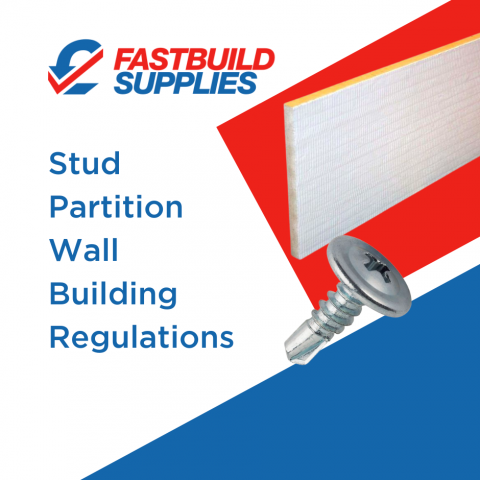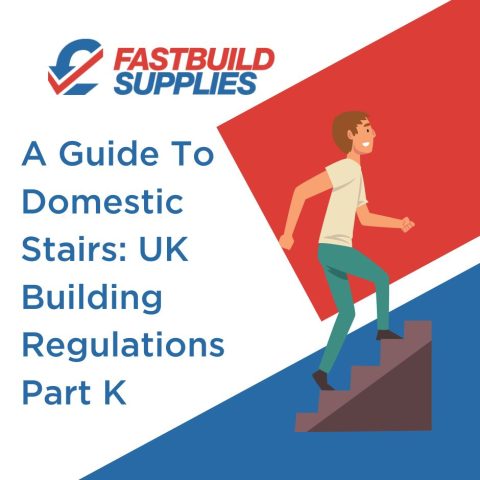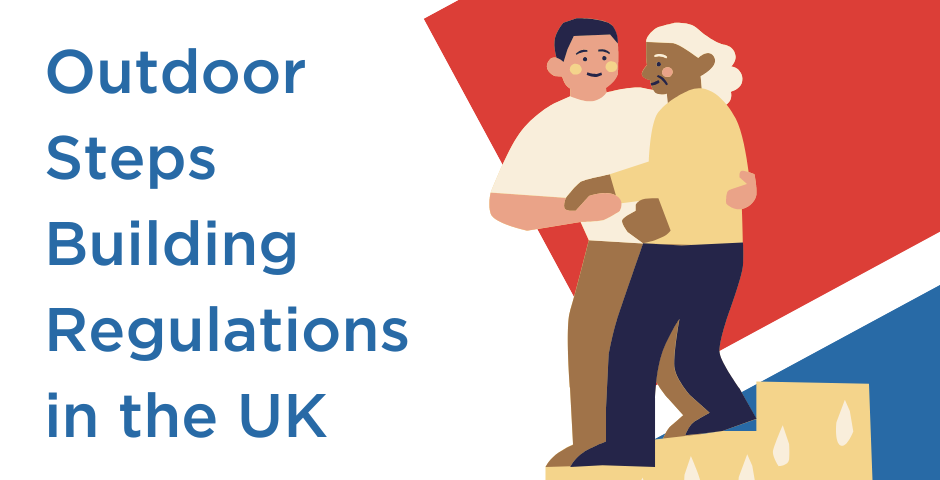
The UK Building Regulations are a set of guidelines that ensure all buildings adhere to the correct safety and performance standards. Approved documents M and K cover the rules for external steps and stairs, indicating how you should build or renovate steps for domestic and public spaces.
So, if you’re gearing up to make some changes to a building’s external structure and accessibility, here’s your chance to brush up on all the necessary outdoor steps regulations. And if you need any trade building supplies to complete your upcoming project, we stock a great range of products at low prices to help you get the job done.
Outdoor Step Regulations For Dwellings
Building regulations for outdoor steps are geared towards accessibility, setting out the dimensions of external steps for basic safety and a baseline level of accessibility when step-free access is not possible.
Approved document M covers the regulations for stepped approaches that form accessible routes in and around dwellings.
The document recommends building an approach route with the shallowest gradient possible, also stating that steps should be uniform.
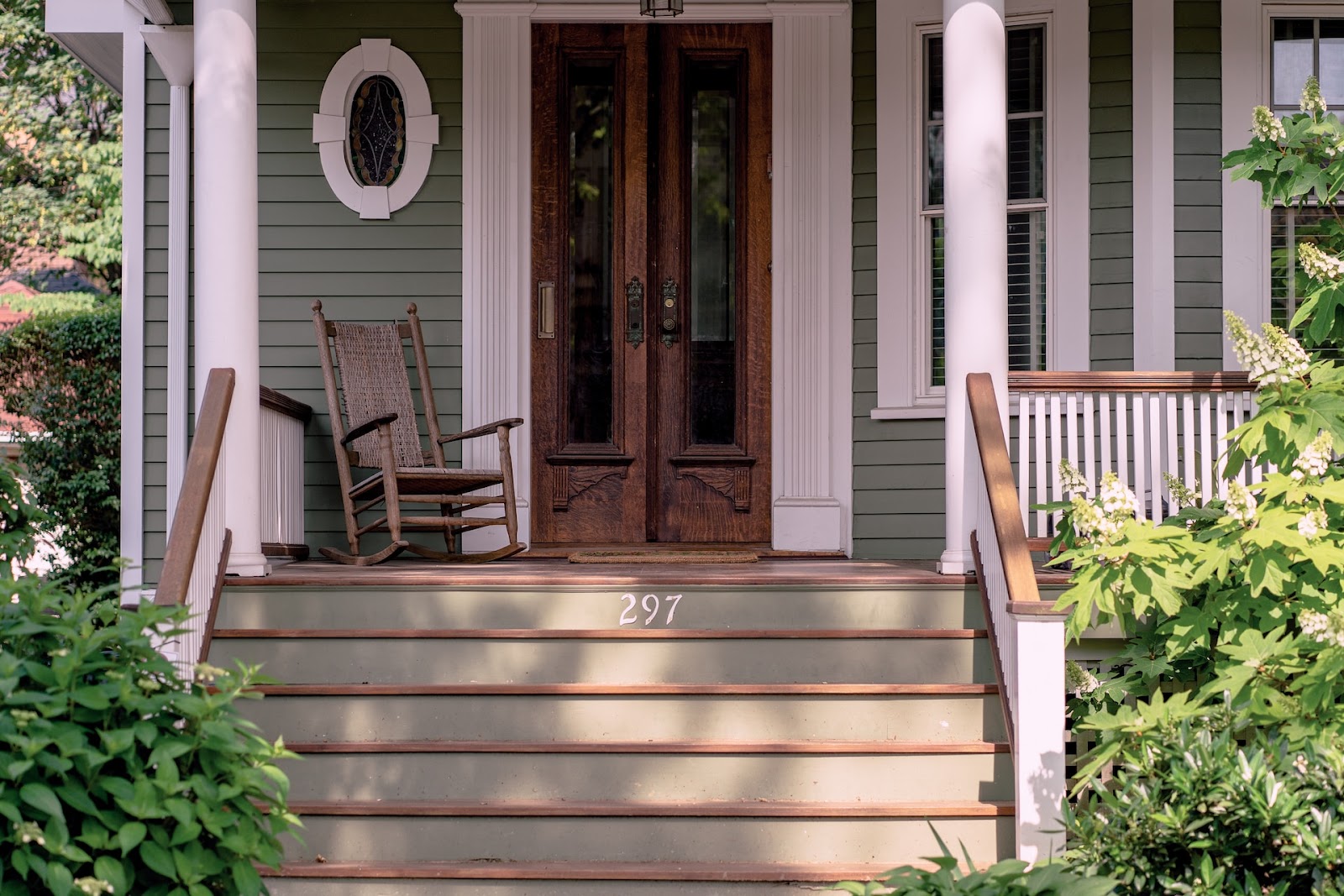
The Standard Outdoor Step Height in the UK
Outdoor step rise: 150-170mm
External steps should have a rise (i.e. the height between consecutive treads) of 150-170mm. Each step’s rise should be uniform – unexpected differences in the rise/height of the steps can easily cause people to stumble or fall, even if they seem like relatively minor differences.
The Standard Outdoor Step Going in the UK
Outdoor step going: 280-425mm
The going of each step (i.e. the tread depth of the step from one rise to the subsequent rise) should be 280-425mm.
The edge of each step should include a suitable tread nosing to make using them as safe as possible.
Outdoor Step Landings
Outdoor step landing length: 900mm
Top and bottom landings for the steps should be provided, along with any intermediate stair landings where deemed necessary. Each landing should be a minimum of 900mm in length. Every flight should also have a minimum clear width of 900mm.
Additionally, no individual flight should have a rise between landings that exceeds 1800mm.
Handrails for Outdoor Steps
Aside from the steps themselves, you may also need to consider handrails. For flights with three or more risers, you must install a handrail that can be gripped to one side of the steps, providing additional support.
For flights wider than 1000mm, you should install handrails on either side of the steps.
Handrails should sit 850-1000mm above the pitch line (the line that connects all the nosings of each step), extending at least 300mm beyond the first and last nosing.
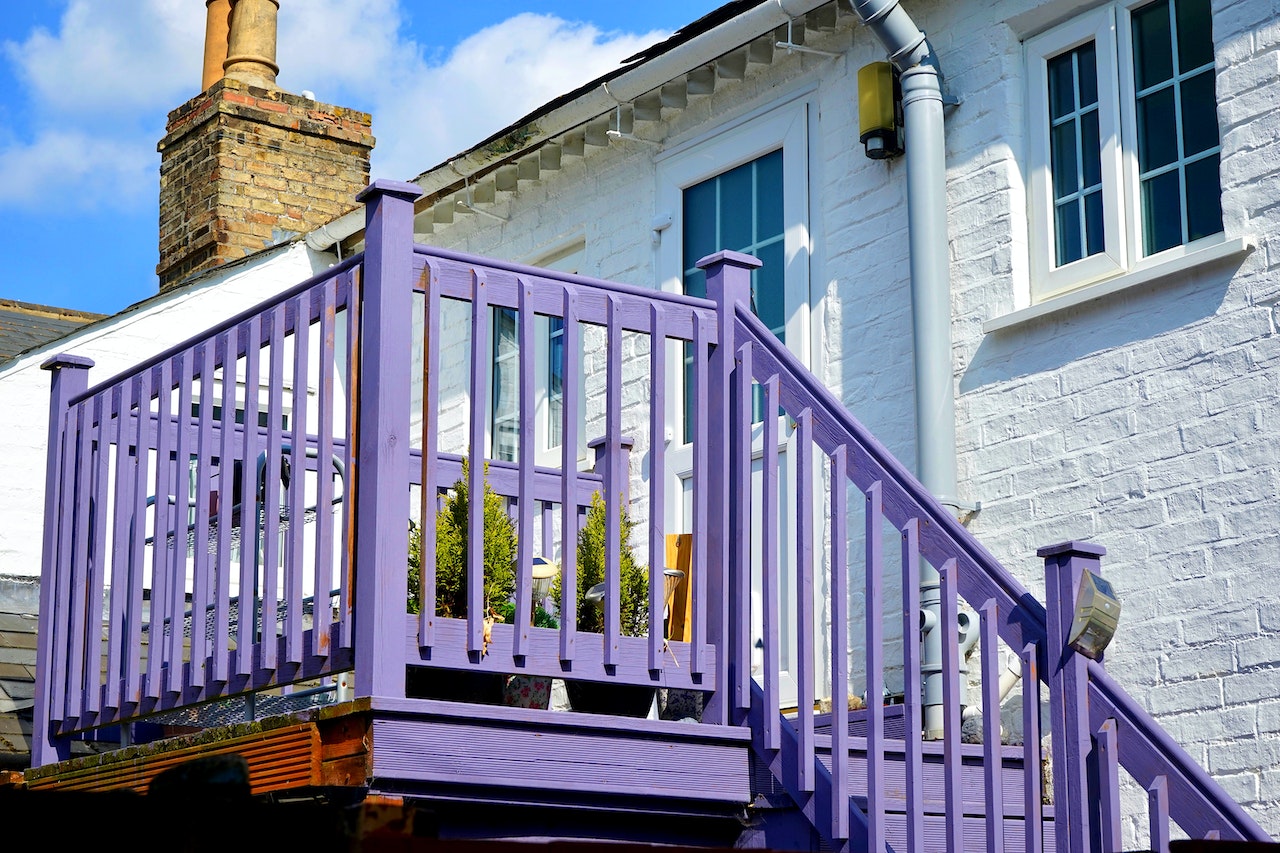
Front Door Step Regulations in the UK
Approved document K outlines some additional details that apply to entrance steps that are part of a building – i.e. front door steps which are part of the structure, not merely steps on an approach route to the building.
For dwellings, you can construct steps with open risers as long as the treads overlap by a minimum of 16mm. They must also be built to ensure that a 100mm diameter sphere cannot not pass between the open risers.
For more information about Requirement K1 and the necessary rules and dimensions for internal stairs (or external stairs which are part of a structure), see our guide to domestic stairs, which breaks down Building Regulations Part K.
If you’re ever in doubt, double-check again with the most up-to-date Building Regulations documents. Once you know which section most applies to you, ensuring you’re adhering to the correct rules is much easier. The government has put together The Merged Approved Documents, which covers everything you’ll need in one place.

